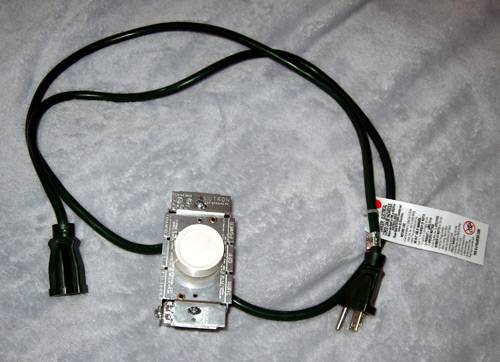You are hearing that hum similar to when you first turn on the fan w/ a switch because you are starting from a dead stop. The hum is the motor loading/unloading itself between Triac pulses.
that sounds an awful lot like what were trying to avoid....doesnt it?
what type of motor is in the can max fan? i would assume its not a brush type. i have no idea really.
you seem to know and awful lot about this imnotcrazy, what would work for a can max?
thanks for your input and the link
namaste




